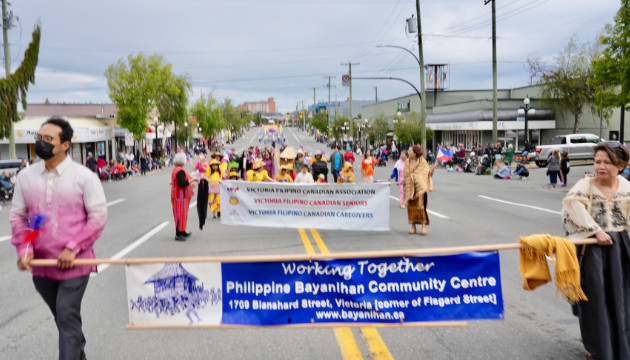The population of Canada is graying.
In fact, the country is undergoing a significant demographic shift.
For the first time, there are now more Canadians age 65 and over compared to people who are under the age of 15, according to Statistics Canada.
The agency has reported that there were 5,780,900 Canadians 65 and older as of July 1, 2015. The under-15 population during the same time stood at 5,749,400.
The implications of this demographic change are huge. For one, it puts enormous pressure on the health system.
That is why it is important to support the ongoing call by the Canadian Medical Association (CMA) for a national seniors strategy.
“The aging of Canada’s population is one of the most pressing policy imperatives of our time, as concern grows the country is ill-prepared for the impact an aging population will have on the health care system, social services and the economy,” the CMA noted in a framework paper for a seniors plan.
The national association of physicians warned: “We are faced with the prospect of a health system that cannot sustain our seniors, and is not itself sustainable.”
In addition to meeting the health needs of seniors, there are also concerns about their economic wellbeing.
Andrew Jackson, an adjunct research professor at Carleton University and senior policy adviser of the think-tank Broadbent Institute, wrote in the Globe and Mail that based on recent Statistics Canada income data, the incidence of low income among people age 65 and over has risen from 7.6 percent in 2000 to 11.1 percent in 2013.
Jackson also noted that among senior singles, the incidence of low income is at a disturbing rate of 27.1 percent.
“The rising incidence of poverty among the elderly basically tells us that Old Age Security (OAS) and Guaranteed Income Supplement (GIS) benefits, which together provide a guaranteed minimum income for low income seniors, have not risen as fast as the incomes of all Canadian households,” Jackson wrote.
The CMA and other organizations have formed the Alliance for a National Seniors Strategy to advance the campaign for a plan to meet the needs of the country’s elderly population. In a discussion paper released in January 2016, the alliance identified four pillars for a future seniors strategy.
One of these pillars is to enable older Canadians to “remain independent, productive and engaged members of our communities”.
The second one seeks to support seniors in leading “healthy and active lives for as long as possible”.
The third pillar aims to provide “integrated care as close to home as possible by providers who have the knowledge and skills to care for them”. The fourth is about supporting caregivers: “family and friends of older Canadians who provide unpaid care for their loved ones”.
Like other citizens, Canadians of Filipino ancestry stand to benefit. Many are either approaching retirement or retired. Available Statistics Canada figures indicate that in 2001, 35 percent of the Filipino community was at ages 25 to 44. That was 15 years ago, which means that people 44 years old at the time are now about 60. As of 2001, seniors made up six percent of the Filipino community across the country.
We can add our voice to make the crafting of a national seniors strategy as one of the top priorities of the national government. How? Go to www.demandaplan.ca, a website launched by the CMA to build community support for proper care for older Canadians who have built a welcoming and prosperous society for all of us.
By the CFNet Editorial Board
Contact us at










